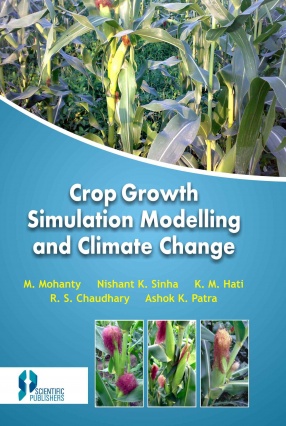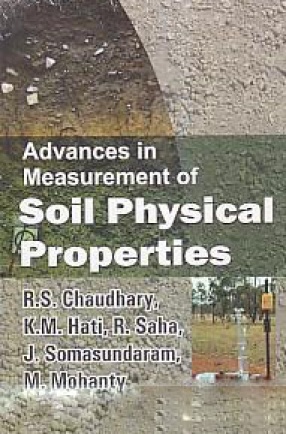Crop Growth Simulation Modelling and Climate Change
Global food security has been threatened by climate change and has become one of the most important challenges in the 21st century to supply sufficient food and nutrition for the increasing population while sustaining the already stressed environment. Studies on impacts of climate change and adaptation strategies to overcome such problems are increasingly becoming major areas of concerns for the scientists, researchers and policy makers. The climate change impacts on the production of crops like rice, wheat, maize, soybean and water resources in the river basin catchments have been studies by researchers in many parts of the world using simulation modelling. Crop productivity and soil water balance have been studied with crop growth models by using parameters from different climate models. Meanwhile, climate variability is one of the most significant factors influencing year to year crop production, even in high yield and high-technology agricultural areas.
In recent years, more and more attention has been paid to the risks associated with climate change and associated problems and hence on productivity of crops in agriculture. Water availability will be one of the limiting constrains for crop production and food security. Therefore, it is an urgent need to determine the impacts of climate change on crop production in order to employ possible adaptation strategies in farm level as well as regional level. In the last decade, crop simulation models have become essential tools to support field research and agricultural productivity in developing and developed countries. Simulation modelling result can be extrapolated to different conditions and cultivars and other cropping systems contrasting to conventional field experiments. The most potential application of crop growth simulation modelling is the prediction of crop yield under different climate change scenarios. This book provides a comprehensive work related to the assessment of climate change impacts on crop productivity and use of crop growth simulation models to assess such impacts on agriculture.
Get it now and save 10%
BECOME A MEMBER








Bibliographic information
N.K. Sinha
R.S. Chaudhary
A.K. Patra
K.M. Hati